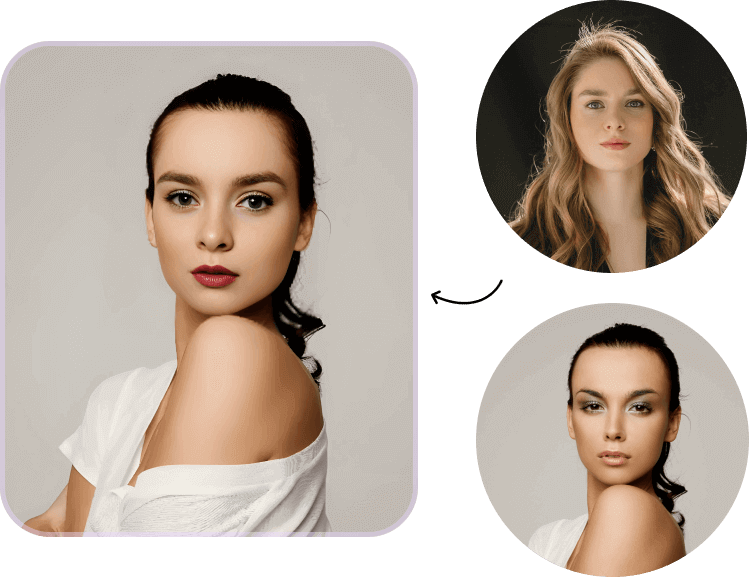In the realm of art and design, the tools available to creators have always evolved alongside technological advancements. One of the most intriguing developments in recent years is the rise of deepfakeai image generator. These tools, often associated with their controversial use in media, are finding a surprisingly beneficial niche within the artistic community. This article dives into how these AI-driven technologies are unlocking new creative potentials for artists and designers.
A New Canvas for Artists
remaker ai face swap provide artists with an entirely new digital canvas, where they can explore the intersections of technology and creativity. Unlike traditional methods, these AI tools allow artists to manipulate images and generate visuals that were previously unimaginable. The ability to morph existing images into new forms or create photorealistic renditions of imaginary concepts enables artists to push the boundaries of what is considered possible in digital art.
For instance, an artist might input a simple sketch into the generator and watch as it transforms into a lifelike portrait, complete with shading and texture. This not only saves time but also inspires further creativity by offering a new perspective on the initial concept. In this way, AI becomes a collaborator in the creative process, sparking inspiration and innovation.
Expanding Design Possibilities
Designers, particularly in fields such as graphic design and advertising, are discovering the potential of deepfake AI image generators as well. These tools can swiftly produce high-quality visuals that meet the specific needs of a campaign or project, all while maintaining a unique artistic style. By automating aspects of the design process, AI allows designers to focus more on the conceptual aspects of their work.
Imagine a designer tasked with creating a series of visuals for a marketing campaign. Using a deepfake AI image generator, they can quickly generate several iterations of an image, each with subtle variations in color, composition, or texture. This accelerates the testing phase, allowing designers to select the most effective visual to engage their target audience without the exhaustive manual revisions typically required.
Ethical Considerations in Creative Use
While the benefits of deepfake AI image generators for art and design are clear, it’s crucial to consider the ethical implications of their use. Creators must ensure that their work respects intellectual property rights and does not replicate or distort images without permission. Transparency about the use of AI in creating art is also essential to maintain trust and authenticity in the art community.
By adhering to ethical standards, artists and designers can harness the capabilities of AI image generators responsibly. This approach not only safeguards their reputations but also ensures that the technology is used to enhance creativity rather than undermine it.
Conclusion
The integration of deepfake AI image generators into the worlds of art and design signifies a shift towards a more collaborative and innovative future. These tools offer fresh possibilities for creativity, enabling artists and designers to explore new dimensions and expand their creative horizons. By using AI responsibly, professionals in these fields can continue to push the boundaries of their craft, making art and design more dynamic and exciting than ever before.
